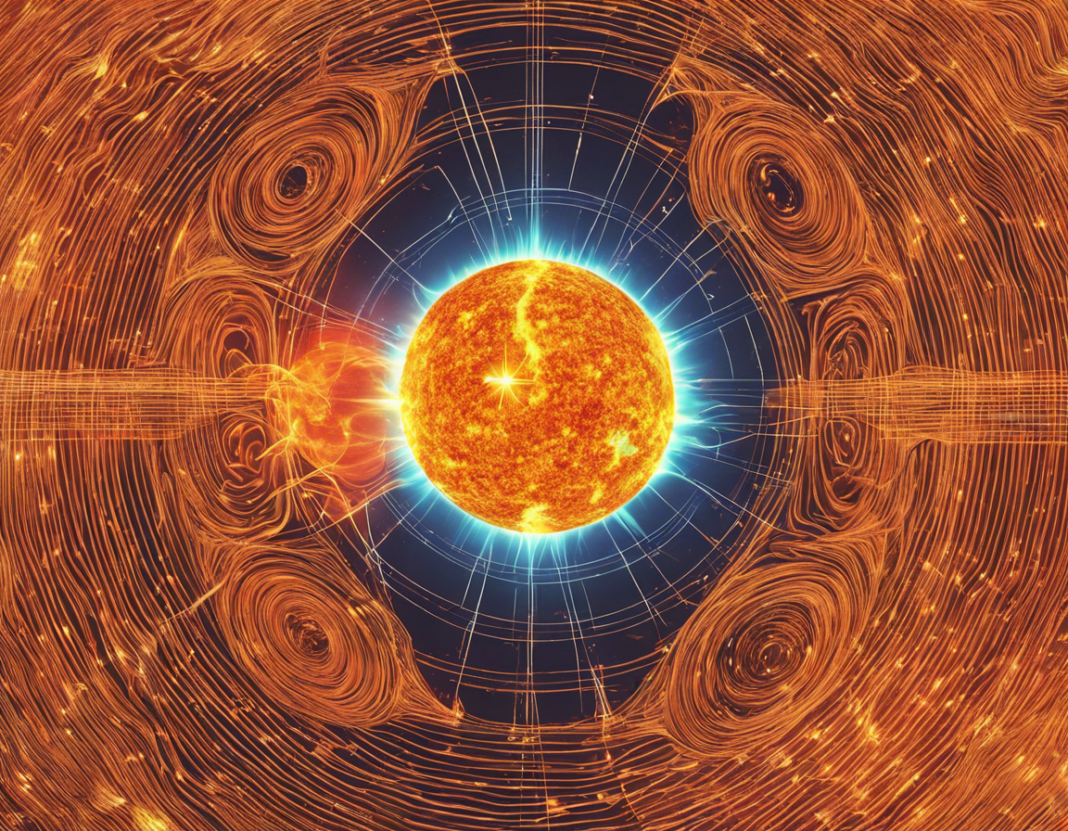Introduction
Solar flares are energetic outbursts from the sun’s surface that release huge amounts of energy, light, and high-energy particles into space. These solar flares can have significant impacts on Earth’s technology, communications systems, and even our health. Understanding and monitoring solar flares is crucial for space weather forecasting and ensuring the safety of satellites, astronauts, and power grids. In this article, we will delve into the world of solar flares and how the Aditya L1 mission by the Indian Space Research Organisation (ISRO) is set to revolutionize our understanding of these cosmic events.
What are Solar Flares?
Solar flares are sudden and intense explosions on the sun’s surface that are caused by the release of magnetic energy. They are often associated with sunspots, which are regions on the sun’s surface with strong magnetic fields. When these magnetic fields become twisted and tangled, they can release vast amounts of energy in the form of solar flares.
Types of Solar Flares
There are different classes of solar flares based on their strength and intensity. The classification is done using an A, B, C, M, or X scale, with X being the most powerful. X-class flares are capable of causing radio blackouts and long-lasting radiation storms.
Impact of Solar Flares on Earth
Solar flares can have various impacts on Earth’s technology and infrastructure. They can disrupt satellite communications, interfere with GPS signals, and even cause power outages in extreme cases. Solar flares can also pose risks to astronauts in space due to exposure to high levels of radiation.
Aditya L1 Mission
The Aditya L1 mission is India’s first solar mission planned by ISRO, which aims to study the sun and its atmosphere. The main objective of the mission is to understand the impact of solar flares on space weather and improve our ability to forecast these events accurately.
Key Instruments on Aditya L1
The Aditya L1 mission will carry several key instruments to study solar flares, including:
-
Visible Emission Line Coronagraph (VELC): This instrument will study the solar corona and help in understanding the dynamics of solar flares.
-
Solar Ultraviolet Imaging Telescope (SUIT): SUIT will provide high-resolution images of the sun’s chromosphere and help in studying the processes leading to solar flares.
-
Aditya Solar Wind Particle Experiment (ASPEX): ASPEX will study the solar wind and its variations, which are closely linked to solar flares.
Benefits of Aditya L1 Mission
The Aditya L1 mission is expected to provide valuable insights into solar flares and enhance our ability to predict space weather events. By studying solar flares, scientists can better understand the sun-Earth connection and improve our preparedness for solar storms.
Future Prospects
As space exploration advances, missions like Aditya L1 will play a crucial role in expanding our knowledge of the sun and its impact on Earth. By studying solar flares and space weather, we can mitigate potential risks and ensure the safety of our technology and infrastructure.
FAQs
1. What causes solar flares?
Solar flares are caused by the sudden release of magnetic energy stored in the sun’s atmosphere.
2. How often do solar flares occur?
Solar flares are more common during the peak of the solar cycle, which happens approximately every 11 years.
3. Can solar flares affect human health?
While solar flares can impact technology and infrastructure, they do not pose a direct health risk to humans on Earth.
4. How do solar flares affect satellite communications?
Solar flares can cause disruptions in satellite communications by interfering with radio signals and GPS navigation systems.
5. What are the warning signs of an impending solar flare?
Scientists monitor the sun for signs such as sunspot activity, solar prominences, and changes in the sun’s magnetic field to predict solar flares.
Conclusion
Solar flares are fascinating yet powerful events that have captured the interest of scientists and space enthusiasts for decades. With the Aditya L1 mission on the horizon, we are poised to unlock new findings about solar flares and their impact on space weather. By studying these cosmic phenomena, we inch closer to a better understanding of our sun and its influence on our planet.








